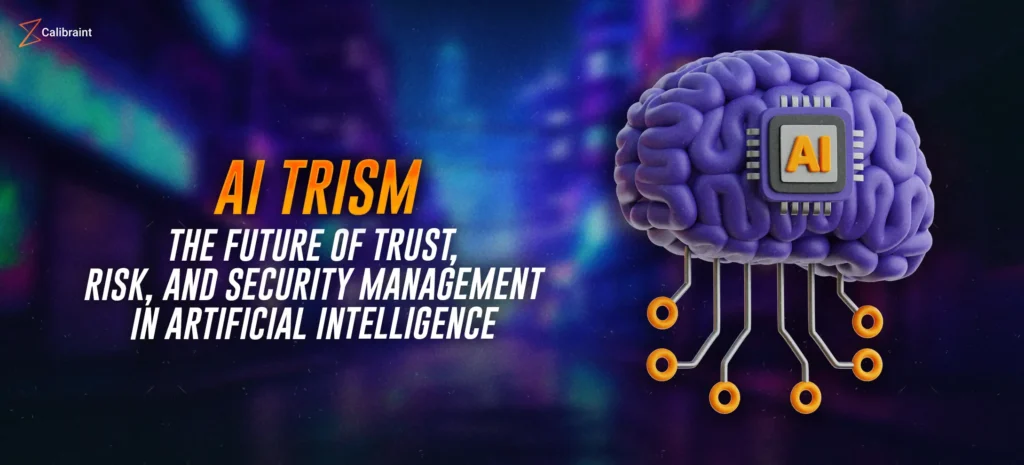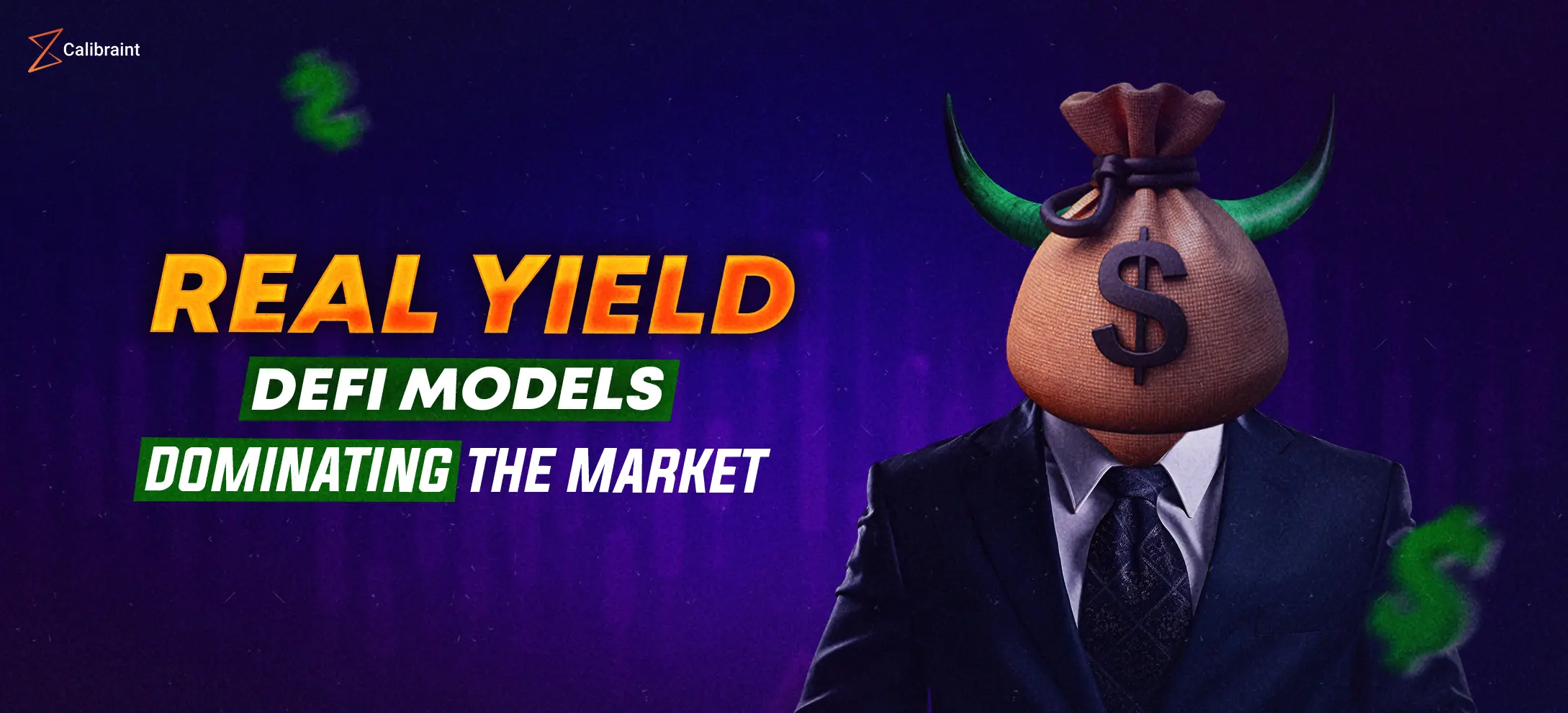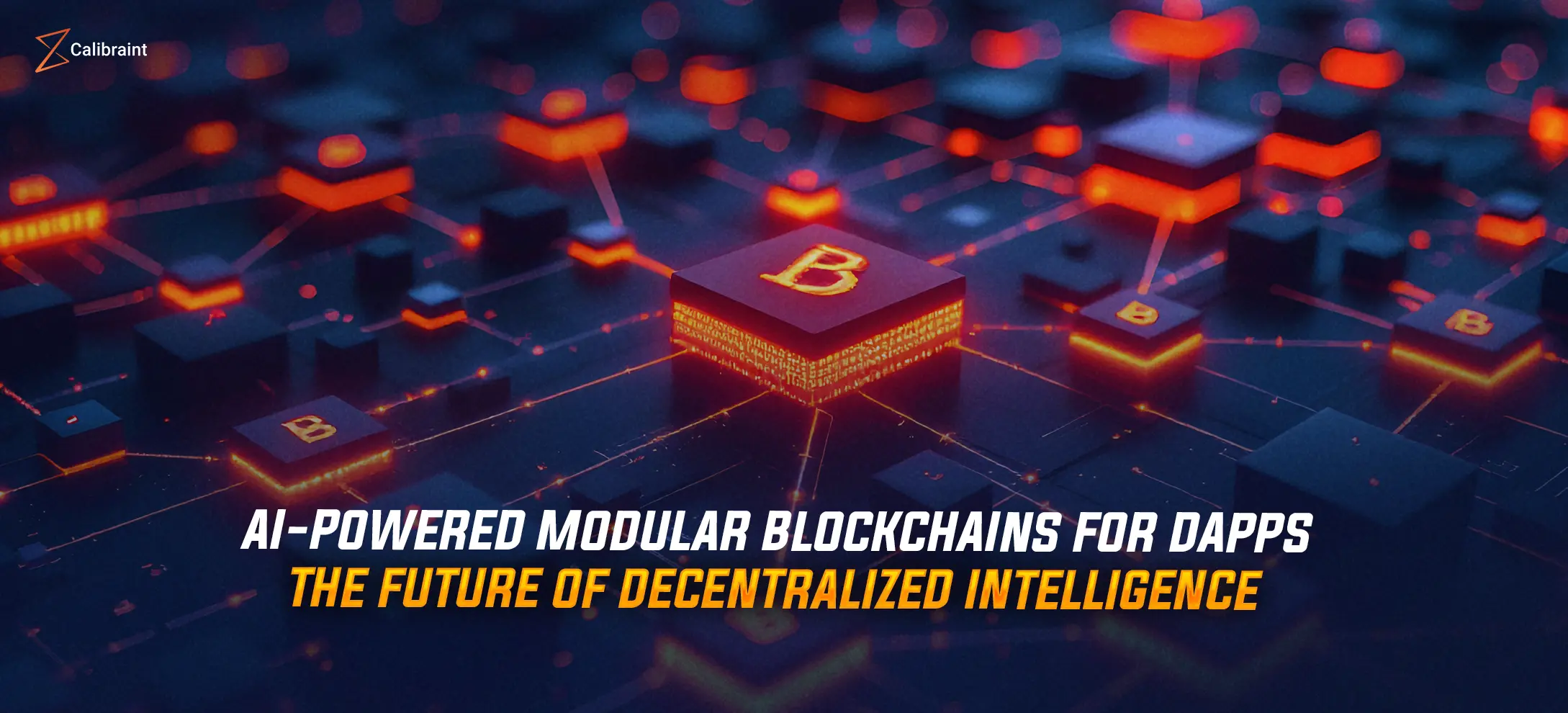AI Trism: The Future of Trust, Risk, and Security Management in Artificial Intelligence

Think about this for a moment: Gartner found that 8 out of 10 AI projects are basically just experimental guesswork by tech experts who don’t have proper oversight in place. Meanwhile, McKinsey discovered that while companies are adopting AI twice as fast as they were five years ago, only about 1 in 3 organizations actually feels prepared to handle the risks that come with it.
These numbers tell us something important that AI can completely transform how we work and live, but it’s also creating problems we’ve never had to deal with before.
That’s where AI Trism comes in. As more organizations rely on AI systems for critical decisions, building trust, managing risks, and keeping everything secure isn’t just a nice-to-have anymore. It’s become absolutely essential for any business that wants to use AI responsibly and successfully.
The bottom line? We’re at a point where getting AI governance right isn’t optional, it’s what separates the companies that thrive with AI from those that get burned by it.
What is AI Trism?
AI Trism is just a fancy way of saying AI Trust, Risk, and Security Management. Gartner came up with this term to describe a smart approach for handling all the tricky aspects of AI systems. We’re talking about making sure AI is transparent (you can understand how it works), fair (doesn’t discriminate against people), protects privacy, stays safe, and follows the rules.
Think of AI Trism as your game plan for building AI that people can actually trust and rely on — AI that does what it’s supposed to do without causing harm.
Here’s why this matters: As companies use AI for more things and in more complicated ways, the potential for things to go wrong keeps growing. We’re not talking about science fiction scenarios here. Real companies are already dealing with AI that’s biased against certain groups, systems getting hacked and exposing sensitive data, AI models being tricked into giving wrong answers, and unexpected side effects nobody saw coming.
AI Trism gives you a roadmap to spot these problems before they happen and deal with them head-on, rather than scrambling to fix things after they’ve already gone wrong.
The Pillars of AI Trism
1. Trust Management
Trust is the foundation of everything in AI Trism, if people don’t trust your AI, they won’t use it, period. Building that trust means being completely open about how your AI uses data, making sure people can understand why it makes certain decisions, and keeping detailed records of how your models behave so anyone can check your work later. When your AI systems are easy to explain, interpret, and hold accountable, people naturally feel more confident using them. The result? Higher adoption rates and fewer headaches down the road.
2. Risk Mitigation
AI models are basically risk magnets — they can drift off course over time, get corrupted by bad data, fall victim to hackers trying to trick them, or accidentally break compliance rules. That’s why smart organizations build safety nets throughout their entire AI process, from development to deployment. The AI Trism approach helps you spot these vulnerabilities early, figure out how exposed you really are, and create backup plans so that when something does go wrong (and it will), it doesn’t take down your whole operation.
3. Security Management
AI security isn’t just about locking down your data — though that’s important too. You also need to protect the actual AI model itself from being tampered with, make sure it can’t be easily fooled or manipulated, and keep everything secure while it’s learning and making decisions. Think of it like building a fortress with multiple walls: you need encryption, secure connections, and defensive layers that can handle threats from both inside and outside your organization. AI Trism basically says you can’t rely on just one security measure — you need them all working together.
Why Organizations Need AI Trism
The benefits of artificial intelligence are undeniable. From predictive analytics to natural language processing, AI is revolutionizing how decisions are made. However, without a structured approach to managing trust, risk, and security, these systems may become liabilities.
Real-World Repercussions Without AI Trism:
- A biased recruitment algorithm unintentionally filters out qualified candidates from underrepresented communities.
- A facial recognition model is exploited due to poor adversarial testing.
- A chatbot leaks sensitive user data due to inadequate privacy measures.
These are just a few examples where a lack of robust AI trust, risk, and security management has led to reputational, legal, and financial consequences.
Gartner’s Role in AI Trism
Gartner, a global leader in technology research has been instrumental in defining and promoting AI Trism as a critical component of enterprise AI strategies. Their insights suggest that by 2026, 50% of large enterprises will adopt AI Trism solutions to ensure their AI models are trustworthy, secure, and governed.
Gartner’s interpretation also expands on governance models that enforce policy-based controls and ethical standards across machine learning pipelines. This approach not only aligns AI with business goals but also embeds responsibility at every layer of model development.
Core Components of the AI Trism Framework
- Model Interpretability: Interpretability is essential for understanding how AI systems arrive at their decisions. When stakeholders can follow the logic behind predictions, they’re more likely to trust and adopt the technology. Tools that offer visualization and explanation of model behavior play a key role in boosting transparency.
- Bias Detection & Mitigation: Unchecked bias can cause serious harm, especially in sensitive domains like healthcare and finance. Detecting and correcting bias helps create fair, inclusive, and responsible AI systems. This component ensures that decisions are not only data-driven but also ethically sound.
- Adversarial Robustness: AI systems must be resilient against manipulation and malicious interference. Adversarial robustness involves preparing models to withstand unexpected inputs or attacks. It acts as a defensive layer that preserves the integrity and reliability of AI applications.
- Data Privacy & Compliance: Compliance with data protection regulations like GDPR and HIPAA is non-negotiable. AI Trism enforces privacy measures at every level of model development. Whether through data anonymization or access controls, it ensures user information remains secure and confidential.
- Continuous Monitoring: AI doesn’t stop evolving after deployment — it must be continuously observed for unexpected behavior or performance dips. Real-time monitoring helps teams catch issues early and adapt accordingly. It’s the feedback loop that keeps AI systems aligned with business and ethical expectations.
- Governance Policies: Strong governance ensures that every stakeholder understands their role in managing AI systems. Policies and procedures guide responsible data use, model deployment, and accountability. This foundational structure aligns AI outcomes with organizational goals and public trust.
By integrating these components, the AI Trism framework helps organizations create AI systems that are not only effective but also ethical, secure, and trustworthy.
Implementing AI Trism Across Industries
1. Healthcare
AI Trism helps healthcare providers protect patient data, explain diagnosis recommendations, and comply with medical regulations. For example, an AI system that predicts diseases must not only be accurate but also interpretable and secure.
2. Finance
Banks and fintech companies leverage AI Trism to detect fraud, mitigate bias in credit scoring, and ensure regulatory compliance. AI models are constantly audited for ethical lending practices and transactional security.
3. Retail & E-commerce
Recommendation engines are optimized for fairness, while customer data is encrypted and governed by strict policies. AI Trism ensures ethical consumer behavior analysis.
4. Manufacturing & Supply Chain
AI Trism supports predictive maintenance tools and logistics planning systems by embedding security features and robust fail-safes.
Emerging AI Trism Technologies
Modern AI Trism solutions are supported by technologies that enable better oversight and control:
- ModelOps and MLOps platforms integrate Trism capabilities into the CI/CD pipeline.
- Synthetic data generators help in bias reduction.
- Secure federated learning allows training without exposing sensitive data.
- Audit trail systems ensure that every model decision is traceable.
Benefits of Adopting AI Trism
- Enhanced Trust: When AI systems are transparent and explainable, they earn the confidence of users and stakeholders. Trust builds stronger adoption and smoother human-machine collaboration.
- Risk Reduction: By anticipating threats and addressing vulnerabilities early, organizations can prevent disruptions. AI Trism helps reduce costly failures and reputational damage.
- Security Reinforcement: Protecting models, data, and infrastructure with multiple security layers ensures safer AI usage. It creates a strong defense against cyberattacks and unauthorized access.
- Operational Efficiency: Governance automation minimizes manual oversight and speeds up deployment cycles. This makes managing AI systems more efficient and cost-effective.
- Compliance Readiness: As regulations grow stricter, AI Trism ensures systems stay aligned with global standards. It reduces legal exposure and builds long-term sustainability.
Challenges in Adopting AI Trism
While the value of AI Trism is evident, its implementation is not without obstacles:
- Lack of Expertise: Integrating trust, risk, and security demands cross-disciplinary skills.
- Tool Fragmentation: Not all tools offer end-to-end Trism coverage.
- Cultural Resistance: Shifting organizational mindset toward ethical AI can take time.
Best Practices for Successful AI Trism Adoption
- Start with a Governance Framework: Define clear policies for data usage, model development, and deployment.
- Conduct Regular Audits: Track model performance and ensure compliance with internal and external standards.
- Invest in Talent: Equip teams with knowledge on ethics, compliance, cybersecurity, and model interpretability.
- Use Cross-functional Teams: Blend legal, engineering, and business experts to implement AI Trism holistically.
- Partner with Experts: Leverage external service providers who specialize in building secure and ethical AI solutions.
The Future of AI Trism
As AI becomes deeply integrated into every aspect of business and daily life, AI Trism will transition from being a competitive advantage to a fundamental necessity. Future systems will not only be designed for performance and scalability but also for trustworthiness, resilience, and responsibility.
With the advancement of AI regulations, including the EU AI Act and U.S. algorithmic transparency laws, compliance will no longer be optional. Organizations will need to demonstrate not just capability but credibility in AI operations.
Why Choose Calibraint for Your AI Trism Needs?
Navigating the complexities of AI Trism requires more than just technical knowledge, it calls for a strategic vision aligned with business ethics and user trust. Calibraint brings deep expertise in designing AI systems that are secure, responsible, and regulation-ready. With a team that blends domain knowledge with technological acumen, Calibraint helps enterprises embed trust and resilience into their AI frameworks.
Whether you’re building from the ground up or scaling your AI deployments, our end-to-end solutions ensure that your intelligent systems are future-ready and failure-proof.
Get in touch with Calibraint today. Fill out our contact form and let our AI experts guide you through the path of ethical and secure AI innovation.



























